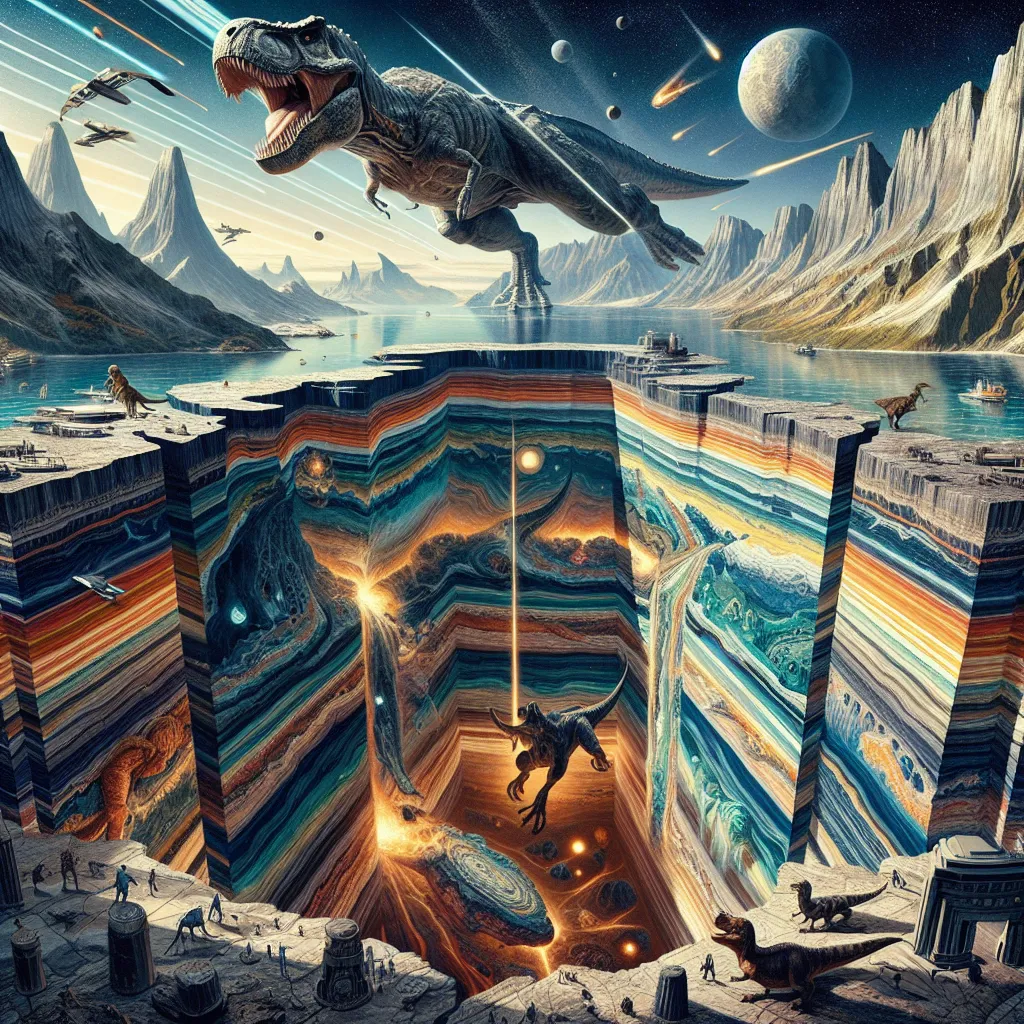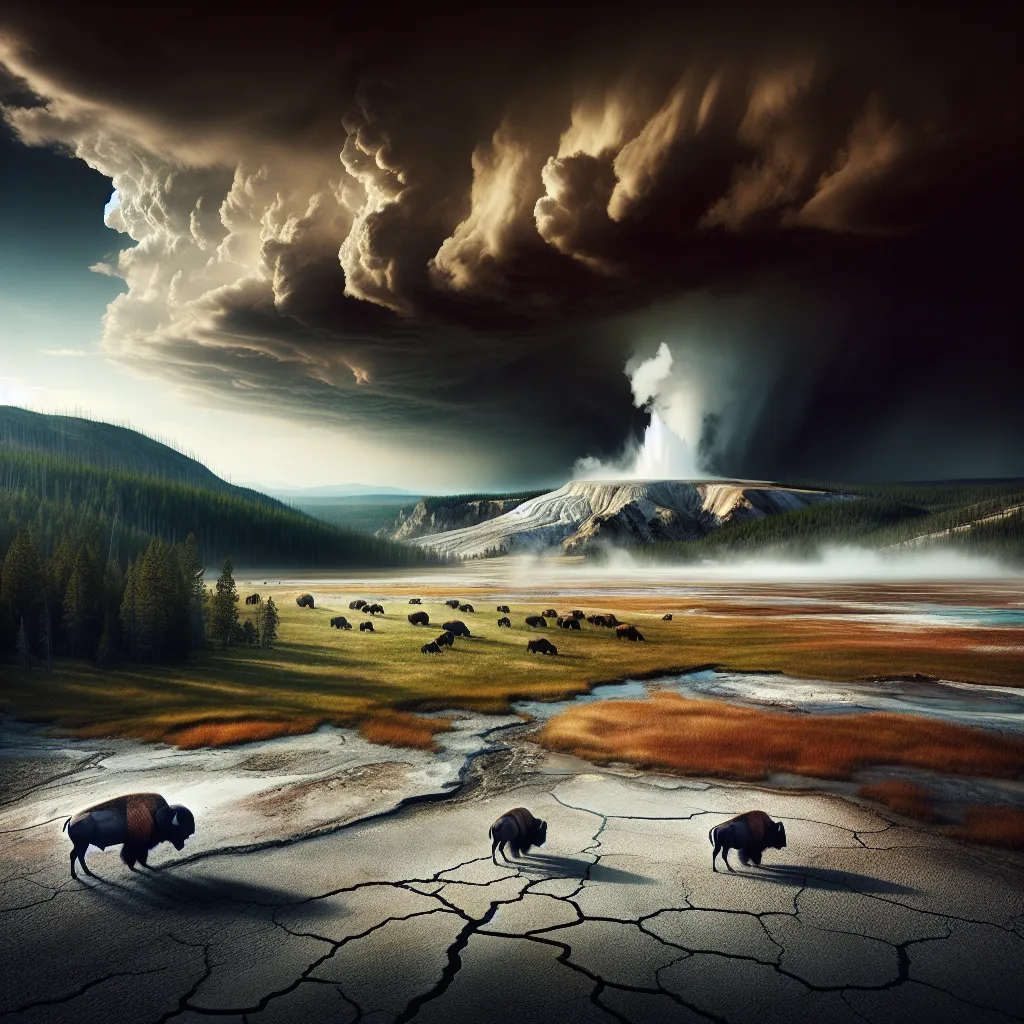Imagine diving deep beneath the earth, 365 meters down, and venturing 460 meters further into the crust. Each layer you pass through tells a different chapter in our planet’s history. Picture marble, crafted from ancient sea creatures, heated and compressed over time, each bit of material representing eons of existence.
Every layer you encounter, whether dust, mud, vegetation, or ancient life, has been meticulously stacked over millions of years. Sandstone tells us of forgotten deserts, shaped by winds and waters, embedding stories of landscapes long erased.
Take basalt, for example – once part of a mighty volcano, now smoothed by wind and rain. But there’s a unique layer that stands out, thinner, seemingly infinite, filled with an element named iridium. This is rare on Earth but common in space.
Journey closer to Denver, Colorado, and dig 550 meters down. You’ll find a layer of extraterrestrial rock, marking a time when space dust blanketed this area. It feels like science fiction, but the truth holds more wonder. Picture an asteroid, larger than a city, hurtling towards Earth 65 million years ago, in a world dominated by dinosaurs and ruled by the T-Rex.
This giant reptile, as heavy as an elephant, with a jaw designed for supreme bone-crushing action, was unthreatened in its domain. But 2,400 kilometers south, fate was shifting. The asteroid impacted near Mexico’s Yucatan coast, unleashing the force of a hundred million atomic bombs. Temperatures at the impact site soared to 20,000 degrees Celsius, enough to vaporize everything within a 500-kilometer radius, including parts of the Earth’s crust and the asteroid itself. The aftermath was a towering cloud of dust that altered the course of life on Earth forever.
These geological stories beneath our feet remind us of the incredible histories locked within each stratum of rock. From the rise and fall of mighty creatures to the cosmic events that shaped our very landscape, each layer is a testament to the ever-changing, ever-evolving planet we call home.






